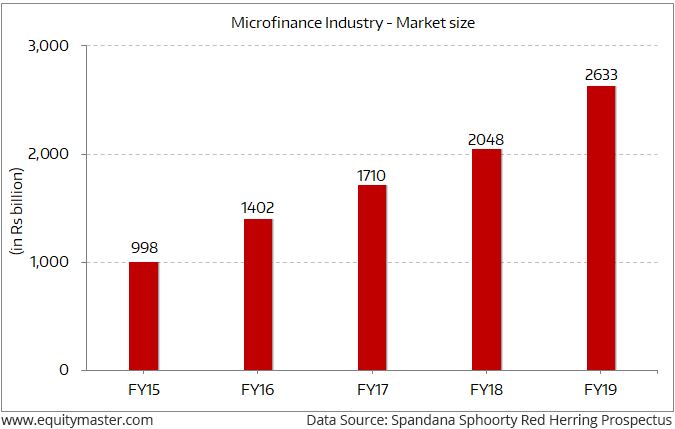Sensex Slips 180 Points; Yes Bank & SBI Top Losers
Share markets in India have erased early gains and are presently trading on a negative note.
Barring telecom sector, all sectoral indices are trading in red with stocks in the realty sector, automobile sector and power sector witnessing most of the selling pressure.
The BSE Sensex is trading down by 133 points (down 0.3%), while the NSE Nifty is trading down by 43 points (down 0.3%). The BSE Mid Cap index is trading down by 0.8%, while the BSE Small Cap index is trading down by 0.6%.
The rupee is currently trading at Rs 71.31 against the US$.
In news from the IPO space, Saudi Arabia's state oil company Aramco launched its initial stock offering on Thursday, raising US$ 25.6 billion.
The sum raised by the oil giant surpasses the US$ 25 billion garnered by the Chinese online trading group Alibaba in 2014 when it entered Wall Street.
Saudi Aramco is now the world's most valuable listed firm with market valuation of US$ 1.7 trillion, overtaking Apple (US$ 1.2 trillion), Microsoft and Alibaba (US$ 1.1 trillion).
Sources said that Aramco is expected to begin trading December 12 on the Tadawul exchange in Riyadh at 32 riyals, or US$ 8.53.
The IPO still falls short of the towering US$ 2 trillion valuations long sought by Crown Prince Mohammed bin Salman.
Earlier, sources told Reuters that Aramco may also exercise a 15% "greenshoe" option, allowing it to increase the size of the deal to a maximum of US$ 29.4 billion.
Aramco's market debut is intended to help diversify Saudi Arabia's economy away from its overwhelming reliance on petroleum.
Note that Saudi Aramco's much-heralded and oft-delayed initial public offering is going ahead, albeit in a scaled-down version of the original plan by Saudi Crown Prince Mohammed bin Salman.
There'll be no grand opening on the London or New York stock exchanges. The sale is restricted to the Saudi bourse and won't even by marketed to most international money managers.
Investors will be able to purchase just 1.5% of the world's most profitable company, about half what was previously considered.
So, what does all that mean for crude oil investors and traders? And why is important?
At a time when Saudis are not sharing many details with their wall street investment bankers, Vijay Bhambwani in his latest video, raises a few questions that the mainstream media is not covering, and not even crude oil traders are asking...
Tune in to find out...
Moving on to news from the banking sector, RBL Bank share price is in focus today.
The private lender has raised Rs 20.3 billion from institutional investors through a qualified institutional placement offering (QIP) and will utilize the proceeds to fund business growth.
The bank has successfully concluded the QIP at an issue price of Rs 351 per share pursuant to the allotment of 57.7 million equity shares.
In other news, the Reserve Bank of India (RBI) on Thursday announced a slew of measures related to urban cooperative banks (UCBs), including exposure norms, a credit repository and cybersecurity norms.
The central bank said that it plans to amend certain regulatory guidelines relating to exposure norms for single and group or interconnected borrowers, promotion of financial inclusion and priority sector lending.
Under the current norms for UCBs, the exposure to an individual borrower should not exceed 15% of its capital funds, and the exposure to a group of borrowers should not exceed 40% of its capital funds.
The central bank also said that it has decided to bring UCBs with assets of Rs 5 billion and above under the Central Repository of Information on Large Credits (CRILC) reporting framework.
Note that this category of banks came into focus in September when RBI put severe curbs on Punjab and Maharashtra Co-operative (PMC) Bank, including on cash withdrawals, amid a probe into accounting lapses.
On September 21, the bank's managing director, Joy Thomas, wrote to the RBI about alleged violations of regulations and irregularities in its dealings and two days later, the central bank put restrictions on the bank, including a Rs 1,000 cap on withdrawals.
The limit has since been increased in phases, to Rs 50,000 now.
The recent PMC bank fiasco has put small savers in the limelight yet again. These banks have poor lending practices. Depositors have had to pay the price time and again.
In the short run, this has an adverse effect on microfinance lending as well. Microfinance institutions (MFIs) are skeptical about lending to even genuine borrowers in an uncertain environment.
But this is actually a blessing in disguise for MFIs with strong business practices.
After all, last mile connectivity in lending is still a huge opportunity.
Huge Opportunity in Last Mile Lending in India

Here's what Tanushree Banerjee wrote about this in one of the editions of The 5 Minute WrapUp...
- The average ticket size of a microfinance borrower in India is around Rs 38,000 which is much lower than the global average (Rs 65,000).
The sector itself has grown at an average annual rate of 27% for the last 4 years.
Still states like Uttar Pradesh, Bihar, and Madhya Pradesh with a large rural population are highly under-penetrated even today.
A private bank that is part of Tanushree's 7 stocks to buy list has already taken a step in this direction.
It will be a big beneficiary when the microfinance boom plays out in India.
To know what's moving the Indian stock markets today, check out the most recent



